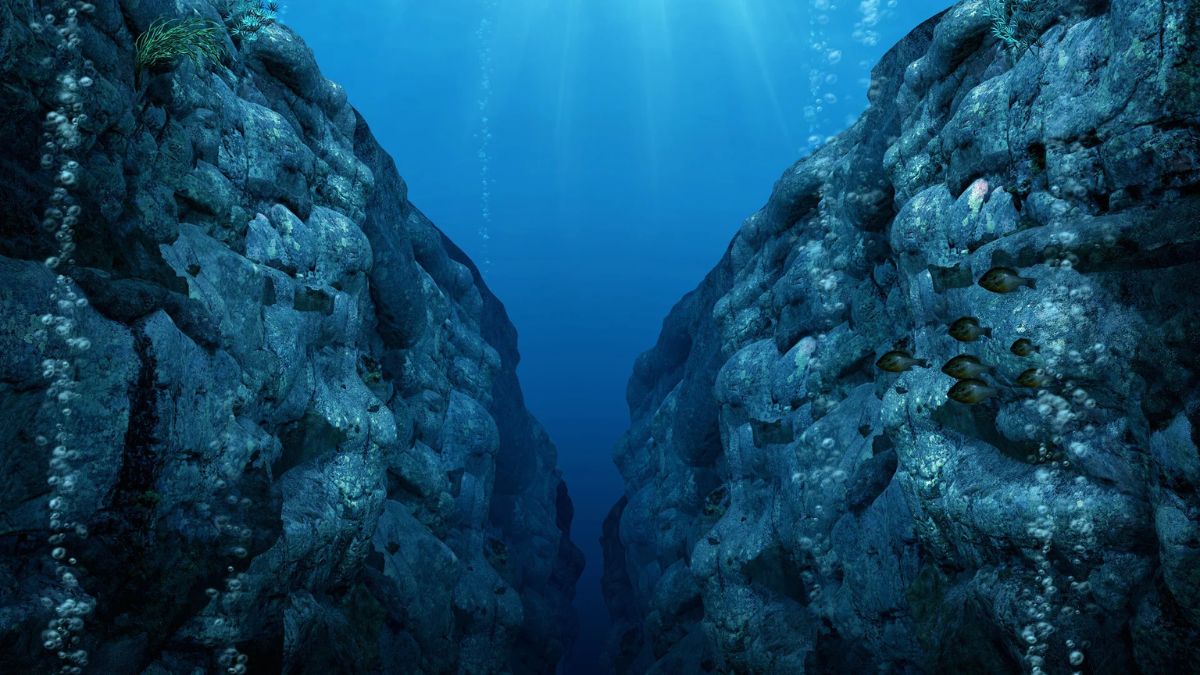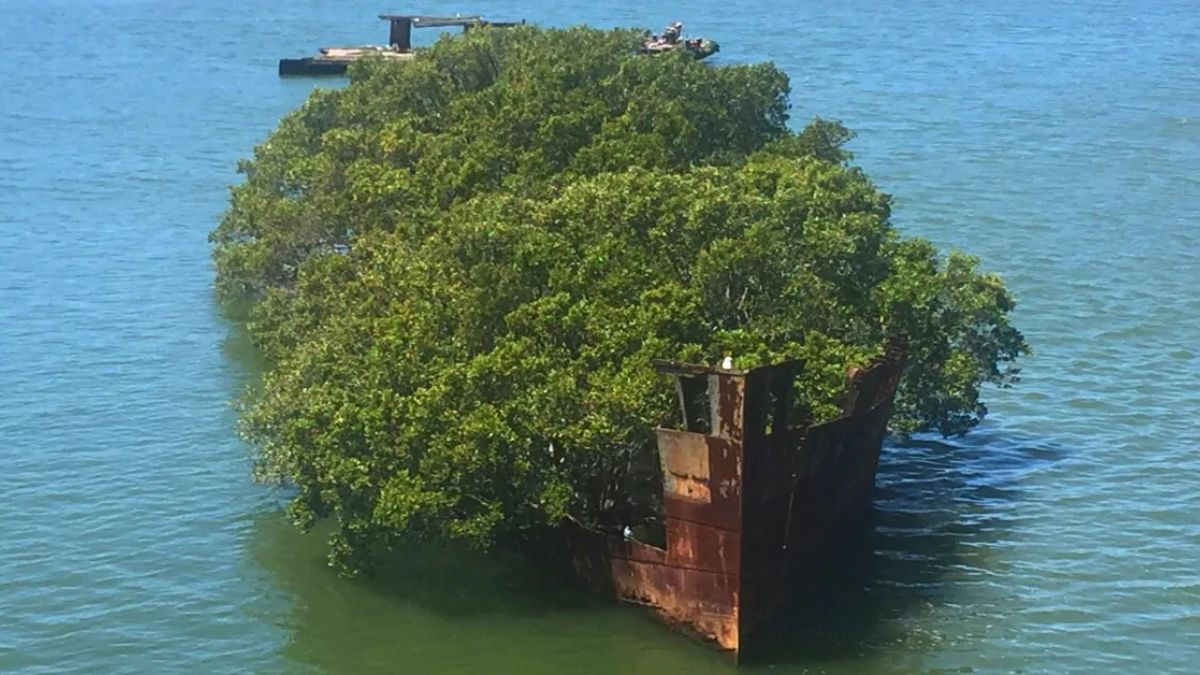The Amazon rainforest—a vital carbon sink and hotbed of biodiversity—set records for the most number of fires in 17 years in 2024, according to new data from the Brazilian National Institute for Space Research, or INPE. Satellite images showed 140,328 fires throughout the year, which was an astonishing 42% increase over the 98,634 counted in 2023.
A Crisis Fueled by Drought and Deliberate Actions
These disastrous fires coincided with the drought in the Amazon, which started in mid-2023 as a consequence of man-made climate change boosted by the El Niño phenomenon. Climatic conditions undeniably had things set to be as they were—so that a great fire disaster could hardly be avoided—but according to specialists, many of these fires had been intentionally set by farmers to clear areas where they wanted to settle agriculture.
Large clouds of heavy smoke had swathed major Brazilian cities like Brasilia, Rio de Janeiro, and São Paulo, and citizens there had to put up with several weeks of hazardous air pollution. In so doing, it brought forth with crystal clarity just how firmly connected environmental devastation, public health, and climate change really are.
Amazon Deforestation and Conservation: An Unholy Alliance
There was some cause for hope to be found even against the dire backdrop of the 2024 fires. According to INPE, Amazon deforestation in the 12 months leading up to August 2024 dropped more than 30%, to its lowest in nine years. That progress shows a determination put in by President Luiz Inácio Lula da Silva of Brazil, for whom Amazon preservation has been one of the cornerstones of his presidency thus far.
The efforts of President Lula will fall under the global spotlight in November 2025 when Brazil is due to host the COP30 climate conference in the Amazonian city of Belém. That would be an opportunity to galvanize global action and investment in the preservation of the world’s rainforests.
The Tipping Point of the Amazon
The implication of this statement by scientists is that further deforestation and fires are likely to tip the balance, forcing the rainforest to start emitting more carbon than it absorbs—a development that would surely accelerate global climate change. That grim prospect emphasizes how essential it is to stop deforestation, to ensure that laws aimed at protecting the environment translate into action, and to encourage land usage concerning ecology.
The Amazon is not a problem only for Brazil; it’s a global issue. Being the largest tropical forest on Earth, it contributes to Earth’s climatic equilibrium. The destruction here affects biodiversity, makes weather patterns erratic, and hastens the climate emergency. Since the world is standing together with Brazil for its conservation efforts, this invaluable resource could actually be saved for generations to come.
Factually, this is a wake-up call to the pressing environmental alerts— increasingly distressing—the Amazon, on its own an ecological wake-up call. The health of the planet is pegged to just one critical factor: choices today.
The Global Significance of Amazon Conservation
The Amazon rainforest, often referred to as the “lungs of the Earth,” is a cornerstone of our planet’s ecological balance. Beyond its aesthetic and intrinsic value, the Amazon is vital for absorbing carbon dioxide, regulating global weather patterns, and sustaining biodiversity. The fires of 2024 have exposed the fragility of this ecosystem and the broader implications for the world. With 42% more fires recorded compared to 2023, it is clear that environmental policies must shift from reactive to proactive.
For decades, the Amazon has faced deforestation, often driven by agricultural expansion, logging, and infrastructure development. These fires, exacerbated by human actions and climatic phenomena like El Niño, highlight the dangers of neglecting ecosystem conservation. While Brazilian leadership under President Lula has made strides in reducing deforestation rates, these measures alone cannot offset the damage caused by fires and their contribution to carbon emissions.
International collaboration is critical. Countries that benefit from the Amazon’s carbon absorption must invest in its preservation through funding, technology, and policy enforcement. COP30 in Brazil offers a pivotal platform to foster global agreements that prioritize sustainable development and ecological preservation over short-term economic gains. However, these efforts will require global accountability and actionable commitments from nations worldwide.
Fires and the Domino Effect on Climate
The fires in the Amazon do not just affect Brazil; they are a symptom of the larger climate crisis. The smoke clouds that blanketed Brazilian cities serve as a stark reminder of how localized environmental issues have global repercussions. These fires accelerate the tipping point where the Amazon may emit more carbon than it absorbs, a scenario that would exacerbate climate change.
Scientists have warned that losing the Amazon as a carbon sink could trigger erratic weather patterns, intensify droughts, and disrupt agricultural productivity globally. The fires also threaten indigenous communities whose livelihoods and cultures are intricately tied to the rainforest. Without urgent intervention, these cascading effects will make it harder to achieve global climate goals outlined in the Paris Agreement.
The question is not just whether we can save the Amazon but whether we can afford not to. Protecting the Amazon is about more than conservation; it is about safeguarding the future of the planet. Governments, corporations, and individuals must recognize the interconnectedness of ecological health and economic stability. By addressing the root causes of deforestation, promoting sustainable land use, and enforcing strict environmental laws, the world can prevent further devastation and secure a sustainable future.
You can also watch our video related to the Article




